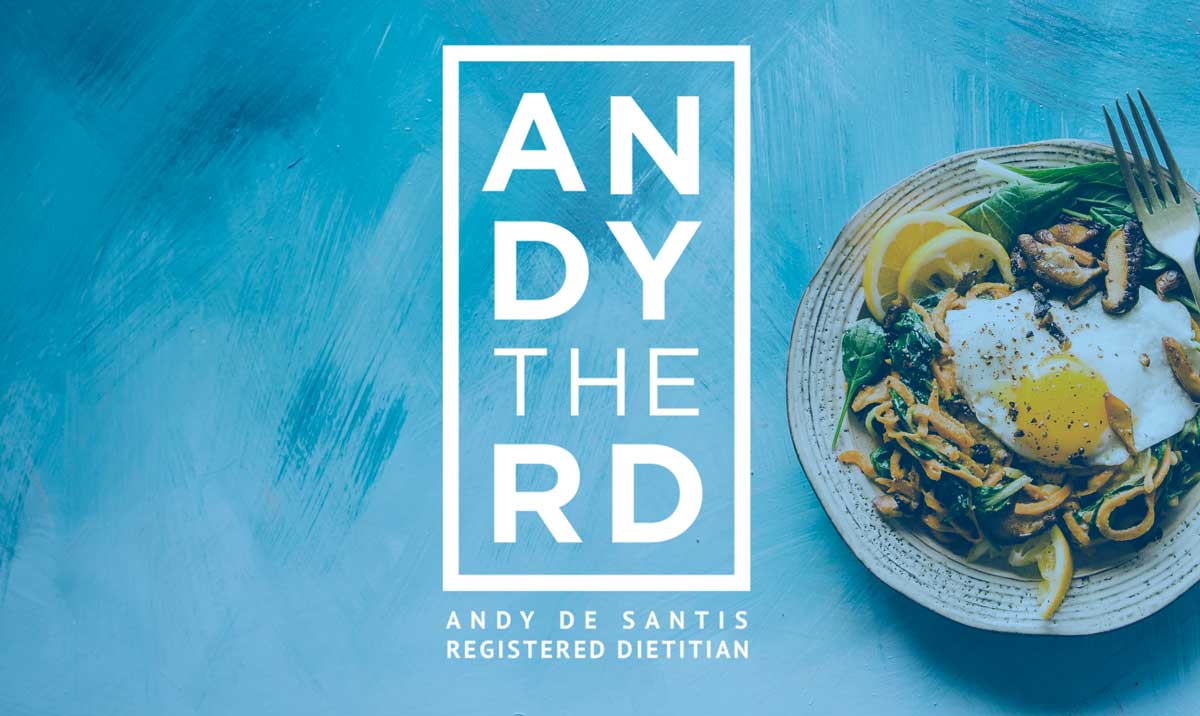What does it mean to eat healthy? That is a difficult question and the answer will depend on who you ask. Today I will explore my personal and professional definition of healthy eating and shed light on a concept that should help just about anyone eat a little better.
My blog is now a few weeks old and I have come to realize how frequently I’ve been throwing around terms like healthy eating and eating better. I’ve done this with the assumption that the reader has some practical understanding of what healthy eating might entail, whatever that may be. Today’s posting is not a result of my lack of trust in you, the reader, but rather my desire to let you understand what I am envisioning when I am talk about healthy eating.
This is no easy task, but I will attempt to break down my own definition of healthy eating into several core principles and it will be fascinating to determine which principles I share with others, if any, and which I may have omitted. Please keep in mind that my definition is not the be all and end all, simply my personal and professional opinion on what it means to me to eat well. With that being said, I have tried to be as open-minded and objective as possible while coming up with these principles. Here we go!
Andy’s Principles of Healthy Eating
#1 Eating the right amount of food for you: This will vary significantly from person to person but regardless of the precise context it would be very difficult for me to deem an eating style healthy if it regularly included too much or too little food for the specific person. If you are regularly and conciously under or over eating then, regardless of what it is you eat, I can’t truly describe your eating style as healthy.
#2 Eating in a diverse & balanced way: Eating in a balanced way, to me, means eating an appropriate balance of all the micronutrients ( vitamins, minerals) and macronutrients ( carbohydrates, fat, protein). If you are consuming 100% of your calories from protein, for example, it would be very difficult for you to convince me that you’re eating in a healthy way. If you are only eating grains, it would once again be difficult for me to believe you are eating healthy. Canada’s Food Guide is an excellent guide to help you determine if you are proportioning food groups in a balanced way and following it will help ensure you intake micro and macronutrients in a reasonable balance.
#3 Eating your vegetables: Yes it already says this in the food guide but vegetables are so important that I had to menton them again. I could go through every food group and dissect the importance of eating certain foods within that group, but vegetables deserve the most attention as they are generally underconsumed by most people. When I was a student training at Toronto Western Hospital my supervisor told me that the one thing that you could tell anyone to eat to be healthy, and never be wrong, is vegetables. There is no better choice to maintaining general and digestive health while also preventing chronic disease.
#4 Eating in a way that makes you happy: If you are eating in a way that is stressful or extremely unenjoyable to you, you aren’t eating healthy. If you eat alot of meat because you think you need the protein, but you hate meat, there are alternatives. The same goes for forcing yourself into eating hummus dip everyday because you feel it is the healthiest option. There is enough variety of food out there that if you are willing to study and experiment, you can find the ones that fit you. Food should bring health and happiness and if you feel you have that balance you are on the path to healthy eating well. Your goal should be to feel great after every meal you eat.
#5 Eating within your budget: This may sound odd to some, but I place this here to let you know that healthy eating does not need to mean a life of expensive organic or speciality products. Healthy eating can include the occassional weekly special at your local fast food chain and does not require shopping at speciality food stores or purchasing speciality products. You should not feel the need to stretch yourself financially to purchase everything organic nor should you feel like a can of beans is an unhealthy or unreasonable choice.
I can truthfully and honestly say my style of eating wholly fulfils each and every principle that I incorporated into my definition of healthy eating. I wanted to offer a unique approach to my definition, rather than just listing several foods that you “must eat”. For those who wanted more specific examples of specific healthy foods to incorporate into their diet, I will absolutely touch on this topic in future postings. As a nutrition professional and everyday nutrition enthusiast, I always seek to fulfil and evolve my own definition of eating healthy. If you have gone through my points today and are in complete disagreement with them, I would love to hear from you as I am always interested in new perspectives on important nutrition topics. If, however, you have gone through my definition of healthy eating , agree with it, and may be concerned that you aren’t meeting the points, I will leave you with one important concept that may help to guide you forward.
A Final Thought: The Plate Model
The concept is known as the plate model, and it is a simple and effective tool to help you eat healthy food in a balanced way, and also leaves you a great deal of room to choose the foods that are the best fit for your finances and preferences. The plate model allocates different amounts of space on your plate to different types of foods and probably works best in planning lunch and dinner meals. It tells us that our plate should be theoretically divided into 3 parts:
Part I: The Vegetables: I alluded to the universal importance of vegetables earlier in the blog and it should come as no surprise that the plate model allocates 50% of your plate to vegetables ( about as much as you can hold in two hands). It is recommended you include at least two different types of vegetables. In the plate model, potatoes and sweet potatoes don’t really count in the vegetables section but can be used as a replacement for grains in Part II.
Part II: The Grains: The grains portion represents 25% of the plate and can include a wide range of grains such as pasta, rice, couscous, quinoa and so on. When choosing rice or pasta, it would be ideal to choose whole wheat pasta or brown rice for its enhanced fibre content. The grains component can also include starchy vegetables such as potatoes or sweet potatoes. For a size estimation, try to include an amount about equal to the size of your closed fist.
Part III: The Protein: The protein portion represents the last quarter(25%) of your plate and can include your fish, meats, beans or tofu, among others. Ideally you want to choose an amount that is close to the size and thickness of a deck of cards. It is also recommended that you diversify the type of protein sources you select on a regular basis.
In a perfect world you add a nice piece of fruit for dessert and there you have it! The plate model allows you to fulfil numerous aspects of my healthy eating principles because it provides guidance and structure but also allows you great freedom within those guidelines. I hope this introduction to the concept was helpful to those who had not heard of it before and I do believe it can be a valuable guide for many to eat healthier, more balanced meals. Keep your eyes peeled as I plan to release more specific healthy eating content in the near future and, as always, I wish you the best of luck in your healthy eating endeavours.
Until next time, Eat Up!
Andy De Santis RD MPH



